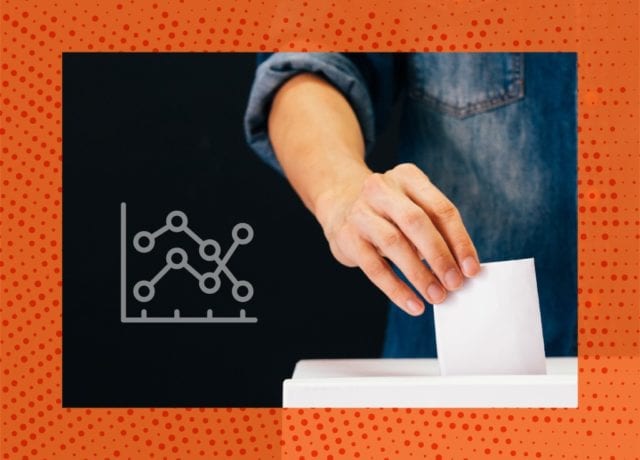When three billionaires enter a political race, what do you expect to happen?
If you imagine an extravagant amount of advertising, then you’d be right.
Traditionally, election years have given publishers the opportunity to bring in additional funds from outside their normal clientele. Radio, local news stations and major publishers have benefited from politicians’ need to get their name in front of voters.
But advertising in the 2020 election season is on a whole new level.
Tom Steyer, Michael Bloomberg and President Trump all have deep pockets to fund their presidential campaigns. Aside from the mega-wealthy businessmen, the democratic primary race is the party’s most crowded race in modern history, meaning the volume of political advertising is at an all-time high.
Political advertising in the presidential primary season has stayed true to its form in many ways, but we are seeing several new changes in 2020.
Political ad spending moves to new pasture
Traditionally, politicians in primary season focus their spending and campaigning in local networks.
Politics advertisements saturate conventional publishing spaces like Fox News, The Hill, Politico, Washington Times and other major news sources.
While these publishers are still popular ad spots, politicians are increasingly tapping into nonpolitical platforms like ESPN, Cosmo, and House Beautiful.
2008 was the first presidential election cycle in which digital advertisements played a significant role in public persuasion. That significance has only grown, especially under President Trump’s Twitter-enthused presidency.
Politico projects that in the 2020 election cycle, we will see politicians spend $1.5B on digital video spending alone.
As the election narrows down to two candidates, candidates will take a more national approach to advertising and spending will be intense in swing-states.
Unprecedented spending in 2020 from businessmen-turned-politicians
The national, in-game Super Bowl advertisement placements sponsored by President Trump and Michael Bloomberg signaled that the 2020 election is anything but ordinary.
Past presidents have advertised during the Super Bowl, but with local ads. In his first presidential campaign in 2008, President Obama took out Super Bowl ads in 24 states.
The two ads, one pounding on security and a strong economy, and the other, a stirring narrative on gun violence, cost the two candidates around $10 million each.
The amount that Bloomberg and Steyer alone have spent in the last 7 months is quickly approaching the the amount spent on all presidential ads by all parties, outside groups and candidates over the last 12 years.
Why? Aside from their deep pockets, the big spender candidates have more of a business approach.
“Now, we’re seeing more and more business-minded candidates, and they approach a campaign differently than someone who has a career or record in public service,” explains Southwestern University’s Debika Sihi. “They see it very much as a campaign or business where you do advertise and get ahead of the competition and brand awareness.”
While the Superbowl grabs all the attention, politicians have been feeling the “Bloomberg” effect since he entered the race.
“You know, prices start to go up as demand for that inventory goes up,” Media buyer Eric Jaye says. “Mike Bloomberg could come along and write a big check and take up the inventory that campaigns favor.”
Prices for political TV ads have risen by 20% on average since Bloomberg joined the race. This will continue as Bloomberg plans to double his already abundant spending after the murky Iowa caucus results.
President Trump currently has the most cash on hand to put towards his campaign. With a fresh acquittal and a squabbling Democratic party, we can expect his campaign to intensify as the November elections approach.



